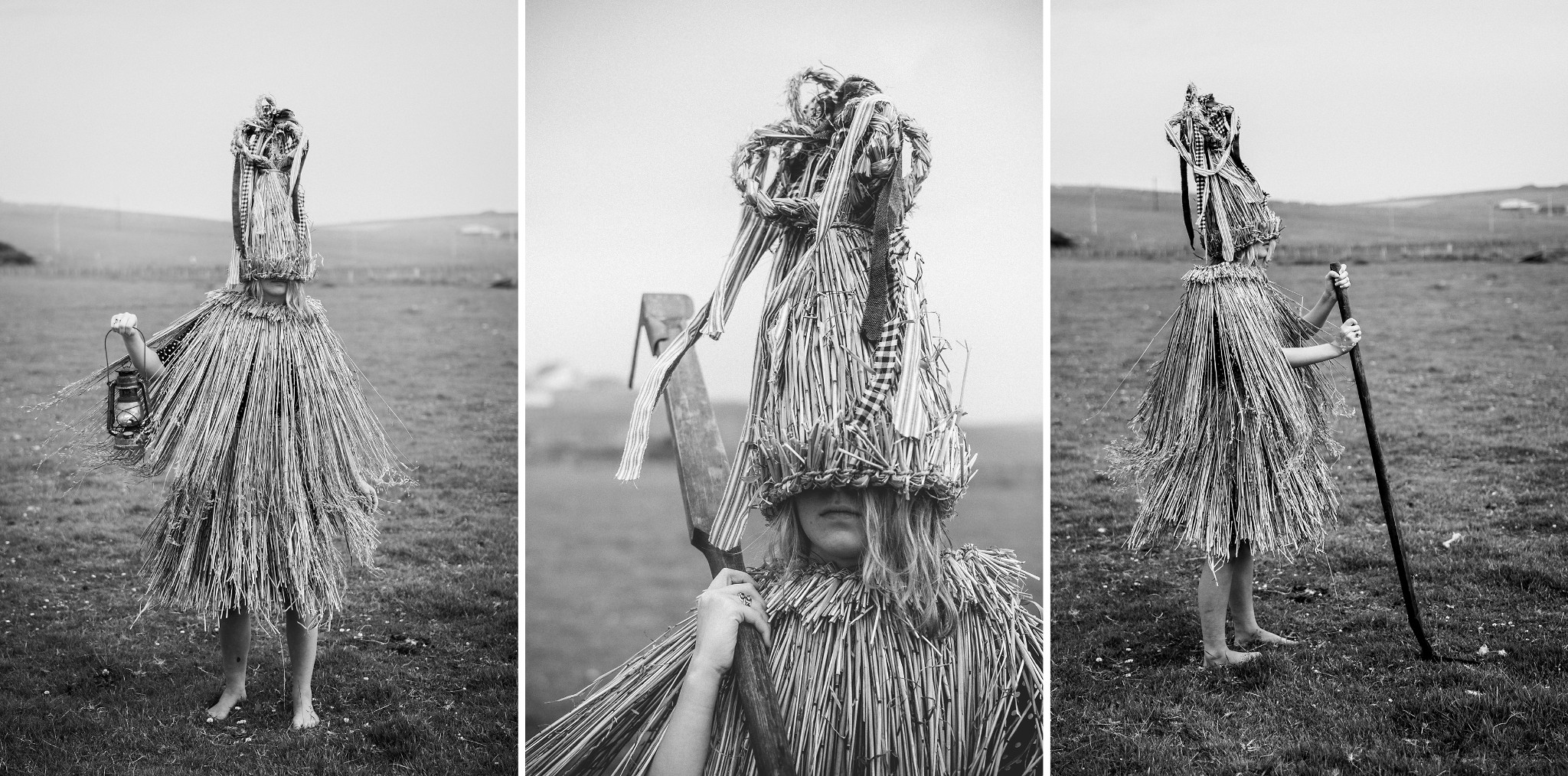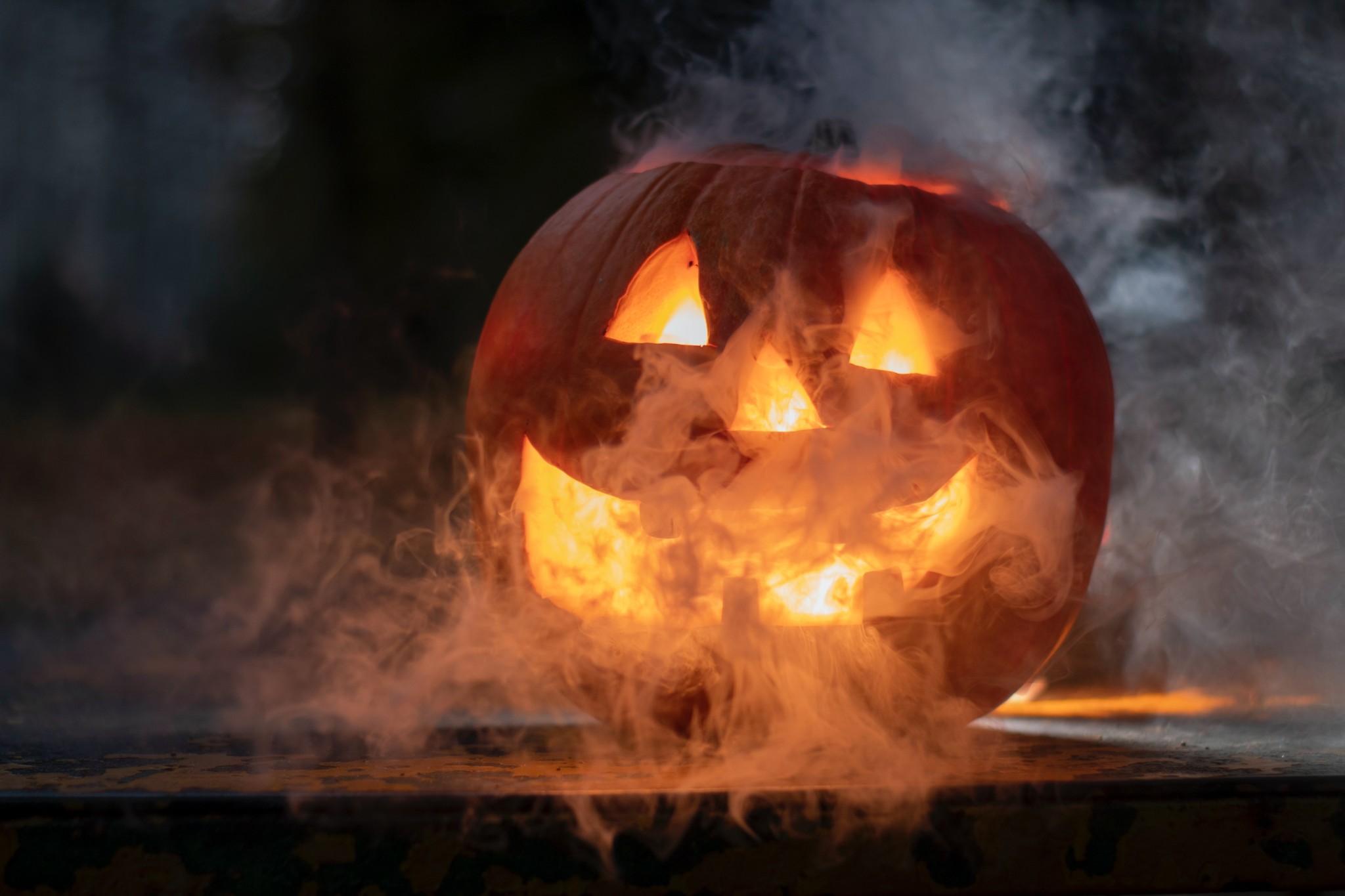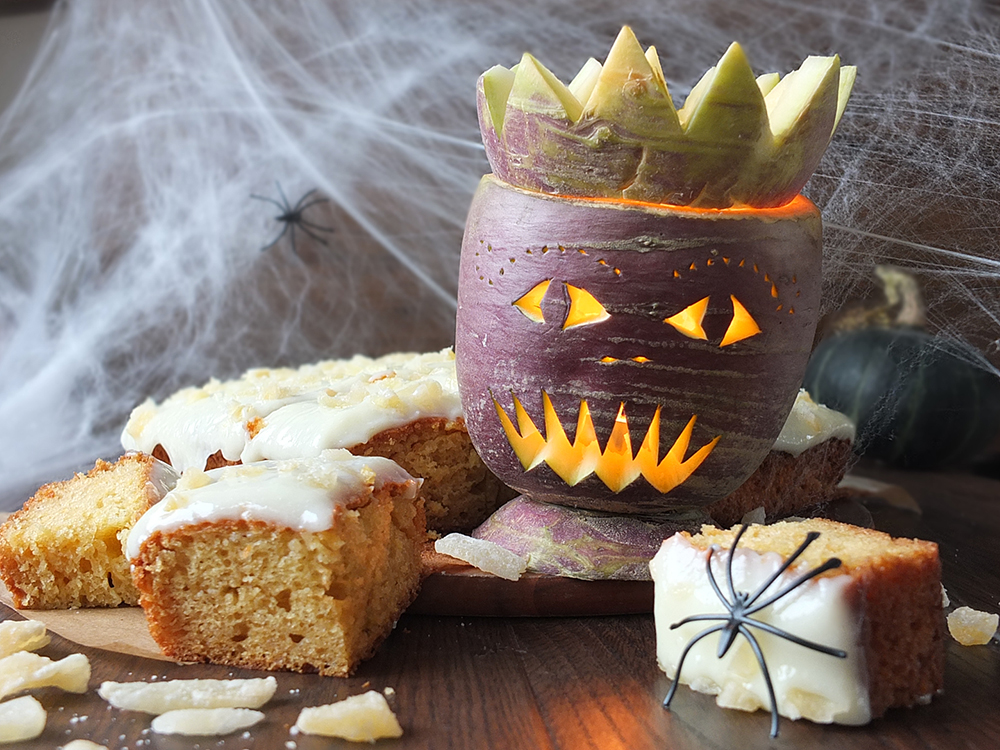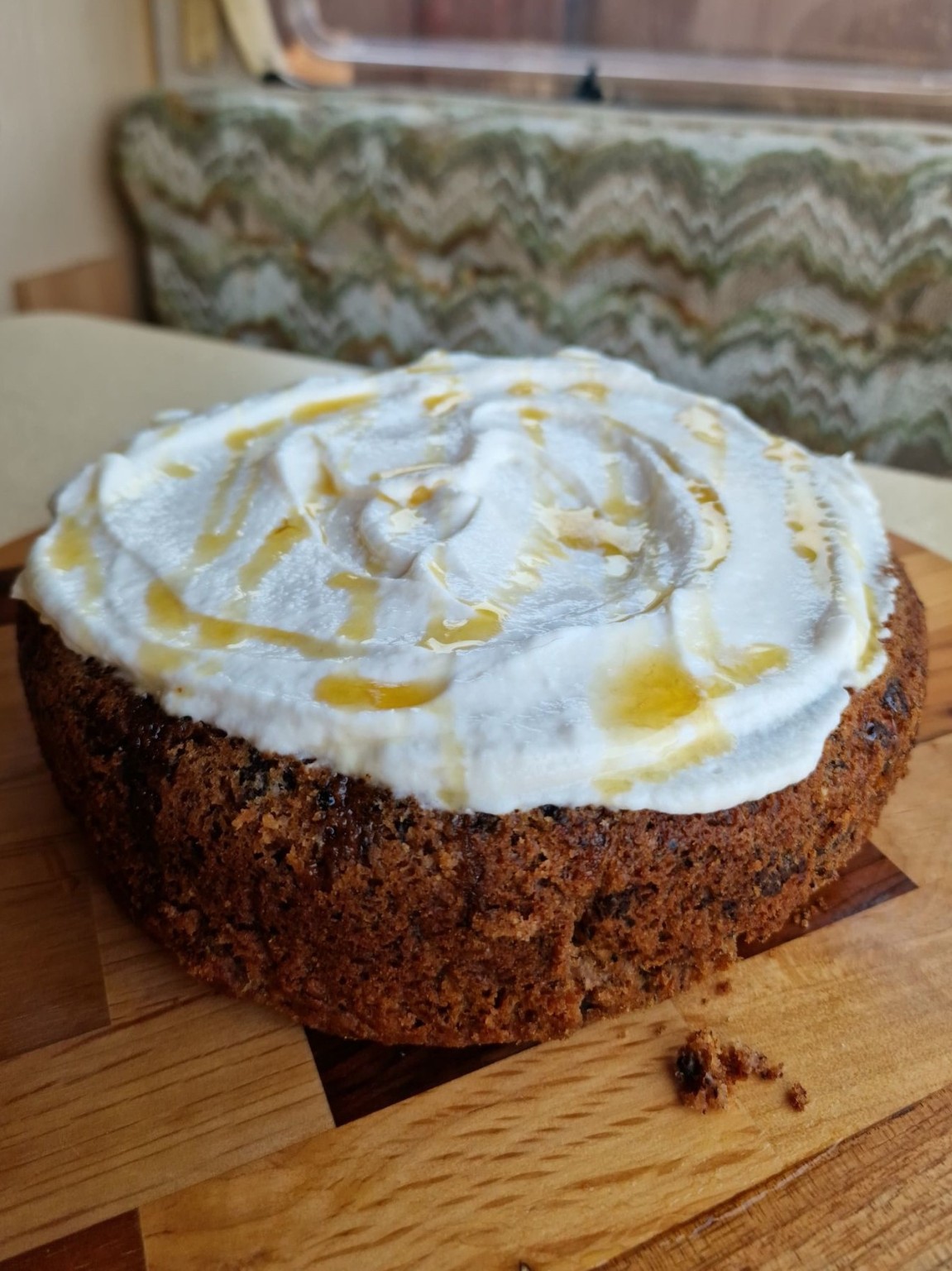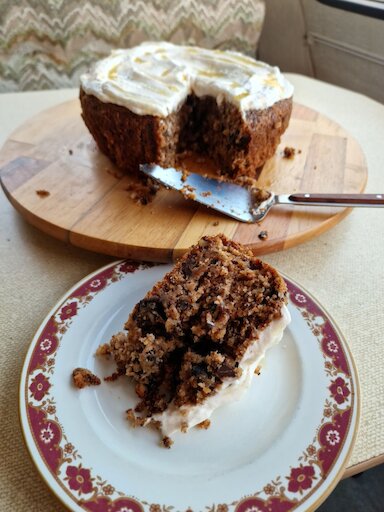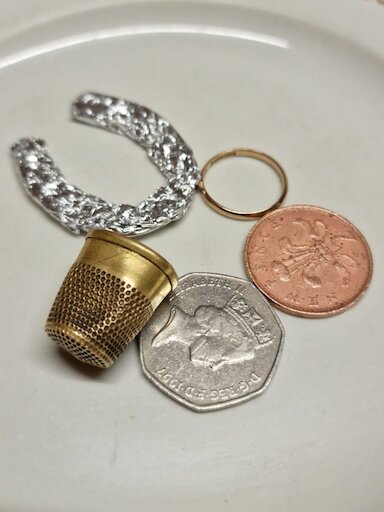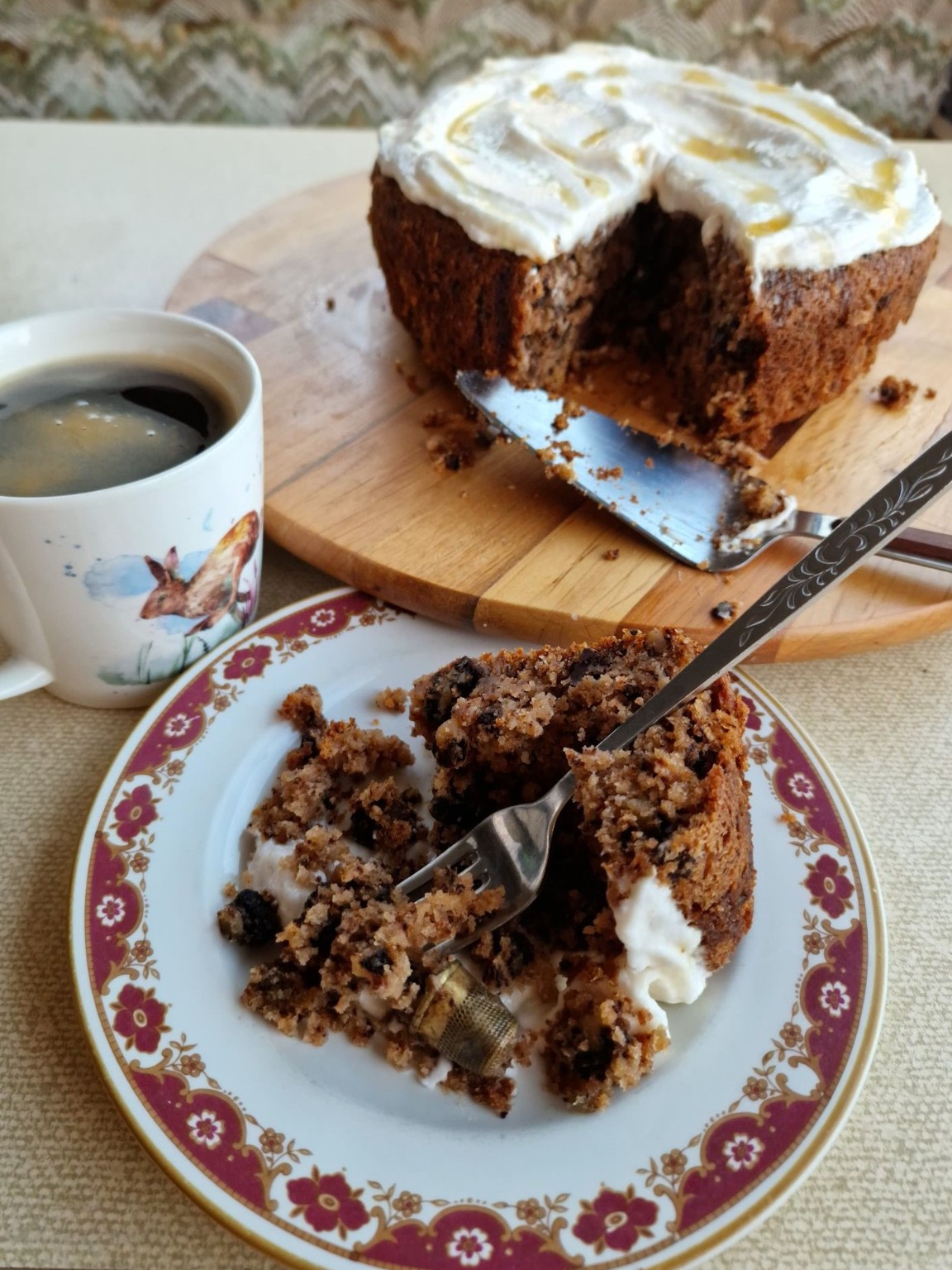This wasn’t always the case, many of the traditions we know to be associated with Halloween are Celtic in origin, mostly from Ireland, form a pre-Christian festival known as Samhain.
Trick or treating came from the tradition of mumming, dressing up in costumes made of straw, preforming tricks in exchange for food and drink.
The Jack O’Lantern was originally a carved root vegetable lantern used to ward off the influences of spirits.
The name Jack O’Lantern coming from a much later tale about an unsavoury character called Jack who tricked the devil, ending up being barred from both heaven and hell and forced to walk for eternity in purgatory, with only a carved turnip lantern to light his path.
Now why would I bother mentioning this, this is “a Taste of Shetland” article after all, what does a load of old Celtic customs have to do with us? Well, we did the same thing as the states did, we added our own flavour to a few Celtic traditions.
Shetland is quite an interesting place when it comes to folklore and tradition.
Culturally we sit at a bit of a crossroads, not quite Celtic and not quite Nordic. Instead, we created this wonderful fusion, flavours of Norse and Celtic culture woven into our traditions, folklore and language.
Being so isolated it also seems that we might have clung on to those more pagan traditions longer than the rest of the world around us.
Many of our celebrations involve fire, a bit of divination and will follow the shifting of the seasons.
Around Halloween, not all that long ago we carved neeps instead of pumpkin lanterns, not knowing what a pumpkin even was as those easy to carve fruit were native to America.
Children would go guising and if we are to look further back in time they would dress as skekklers, in traditional costumes made of Shetland oat straw. They would go house to house and chap on the door and ask for “a coarn of meal, a penny o money ir a piece o’ flesh” (a handful of grain, a penny of money or a piece of meat).
There was also the tradition of kail casting, a form of divination in which the unmarried would hurl kale stalks at people’s doors in hopes of seeing a vision of their future spouse.
Over the years this lost its divining association, maybe the more modern kale are not as potent or imbued with supernatural fortune telling abilities as they used to be, instead it became an act of mischief for children on Halloween night.
Folks would sneak into the kale yard of unsuspecting neighbours, dig up the biggest and dirtiest kale and then hurl the guttery great thing through the door of the persons house, if wanting to cause real havoc they would climb onto the roof and send it down the chimney to land in the heart of the house, a chaotic cloud of leaves, mud and soot.
While these traditions survived in Shetland for longer than they did on mainland Scotland, unfortunately they were unable to keep up with the quickly changing and more connected world and many have been forgotten.
There have been efforts made to revive some of these, the band Fiddlers Bid would appear in skekkler costumes, and a mysterious artist known as Skekkler brought peoples attention to the old tradition when they send out fifteen fabulous lino prints to different organisations with the tag line “knock, knock – du his been skekkled!”
One tradition that I would love to see make a comeback is another form of divination, not kale casting – I believe that is still alive and well on the westside, I would like to see a comeback of the Hallowmass cake.
Similar to the Irish Barnbrack, the Hallowmass cake was a feature of the Halloween celebrations of Shetland.
A sort of fortune telling game, a cake was baked with tokens inside: a miniature horseshoe, a penny, a three-penny piece, a thimble, and a ring.
When the guests were assembled, and the cake was cut and portioned out there was great excitement when the tokens were found in the slices of cake.
The recipient of the horseshoe was to be blessed with good fortune wherever one went.
The person who would find the ring would be the next to be married, while the one who found the thimble would remain single.
The receiver of the threepenny would be well off while the person who gets the penny would be poor.
It was quite likely that the Hallowmas cake was a large Bannock, only the wealthy would have one flavoured with sugar, spices, and dried fruits to make it more cake like.
There is very little recorded about the Hallowmass cake, the only record of it I have seen was brought to my attention by my sister when she sent me an extract of John Nicolsons book, I have not seen it referenced anywhere else.
While there is a sadness in the fact that there aren’t many records of the details of the festivals of Shetland it does allow a person to project a touch of creativity onto the skeleton that is recorded and bring it more into the modern day.
So, here you will find a riff on the Hallowmass cake, an odd one I will admit but born out of a hatred of food waste and an attempt to tie two traditions together, that’s how we ended up with a Hallowmass neep cake.
Of course, you could use a carrot cake recipe, use pumpkin in place of neep, or just make a big Bannock to break up if you want to stick to what I think would be more like what would originally have been served but I couldn’t pass up the opportunity to trick my family into eating neep.

